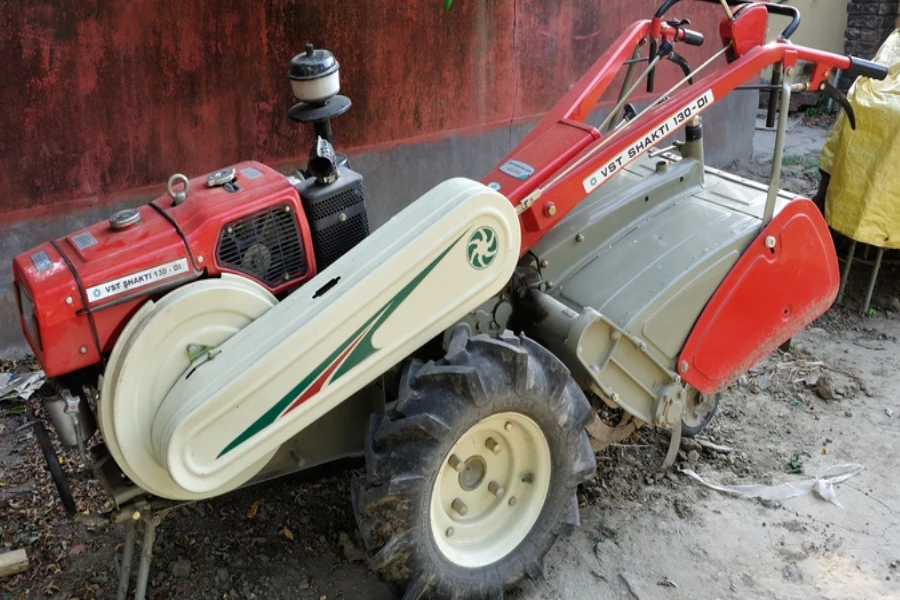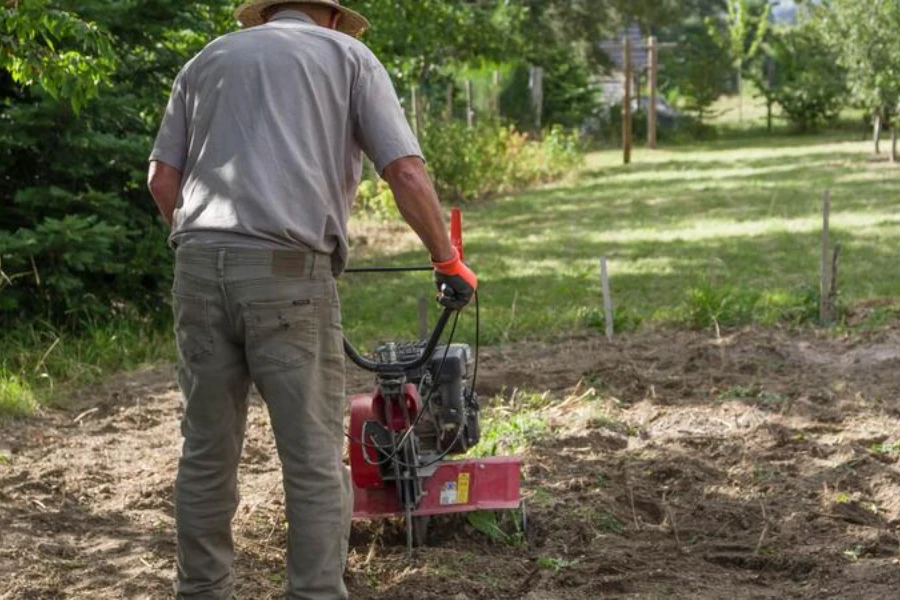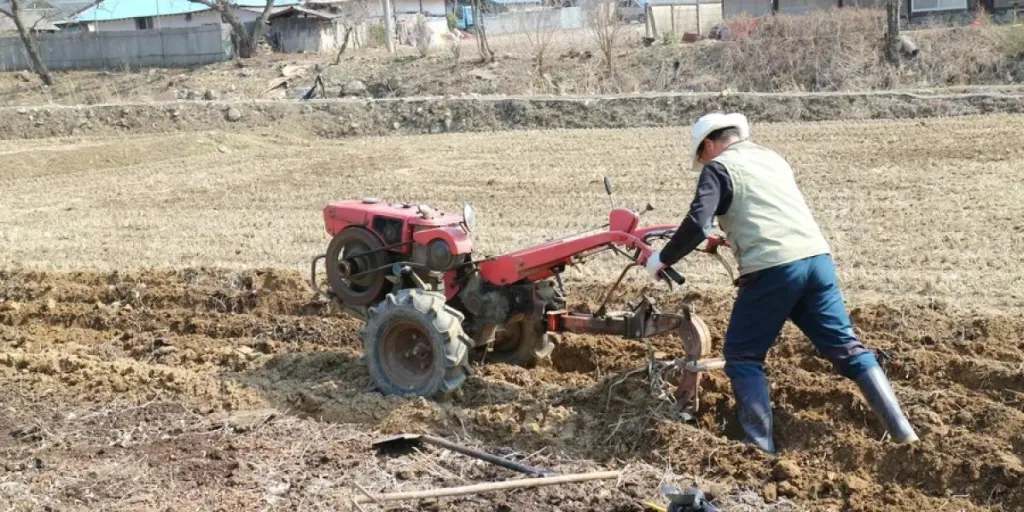Some manufacturers use the terms cultivator and tiller interchangeably. While farmers and gardeners use these tools to prepare the soil for planting, they aren’t quite the same. So, what’s the difference between cultivators and tillers?
In this guide, we’ll explore both tools in detail to help you determine the right option for your customers.
Table of Contents
What is a cultivator?
What is a tiller?
What’s the difference between cultivators and tillers?
Cultivator vs. tiller: What’s the ideal tool?
Provide customers with the right agricultural tools
What is a cultivator?
A cultivator is an agricultural tool used to loosen up and aerate the soil’s top layer and infuse fertilizer into it. It’s also used to remove weeds.
Cultivators are primarily designed to stir up loose soil, so they aren’t suitable for breaking up compact soil. There are various types of cultivators, such as handheld, electric, and gasoline cultivators.
What is a tiller?

A tiller is an agricultural tool designed to break up compact soil into loose soil to prepare it for planting. There are two types: front-tine and rear-tine tillers. While these tillers perform the same primary function, they aren’t the same. Here’s how they differ.
Front-tine tillers
Front-tine tillers have tines or blades at the machine’s front and wheels at the back. They are usually smaller and lighter than rear-tine tillers, making them easier to use in tight spaces. This feature also makes them easier to store. They are also typically less expensive than rear-tine tillers, making them a budget-friendly option for small-scale farmers or hobbyist gardeners.
However, front-tine tillers are less powerful than rear-tine tillers. As a result, they are best suited for breaking moderately compact soil rather than hard, compact soil.
Rear-tine tillers
Rear-tine tillers have tines or blades at the machine’s back and wheels at the front. They are larger and more powerful than front-tine tillers, making them ideal for loosening dense soil. They are also better suited for digging up the soil on extensive land.
However, rear-tine tillers are tougher to maneuver and store because they are large. They are also typically costlier than front-tine tillers. As a result, they are best suited for farmers or professional gardeners with large tracts of land.
What’s the difference between cultivators and tillers?
Farmers and gardeners use cultivators and tillers to prepare the soil for planting. However, there are several notable differences between the two tools. Some of these differences include the following:
- Size: Cultivators are typically smaller and lighter than tillers, making them easier to maneuver and store. They also have smaller tines. On the other hand, tillers are larger, heavier, and have bigger tines.
- Purpose: Cultivators are less powerful than tillers, making them best suited for stirring loose soil. On the other hand, tillers are more powerful than cultivators, making them ideal for breaking up dense soil.
- Power source: Cultivators are powered by gasoline, electricity, or manually by hand. On the other hand, most tillers are powered by gasoline, but electric models are on the horizon.
- Tilling depth: Cultivators have a shallow tilling depth, so they are primarily used to loosen and mix the soil’s top layer. This quality also makes them ideal for weed removal, as they are unlikely to uproot or damage seedlings. On the other hand, tillers can dig deeper into the soil, making them ideal for preparing new ground for planting.
- Tilling width: Tilling width indicates how much ground a tiller or cultivator can cover in one pass. Cultivators have a narrow tilling width of up to 12 inches, so they are better suited for tilling the soil in small gardens or farms. On the other hand, most tillers have a wider tilling width of up to 36 inches, so they are ideal for tilling the soil on large farms.
| Cultivator | Tiller | |
| Size | Smaller | Larger |
| Purpose | Stirring already loose soil | Breaking compact soil |
| Power source | Gasoline or electricity | Gasoline |
| Tilling depth | Shallow. 1 to 6 inches | Deep. Up to 10 inches |
| Tilling width | Narrow. Up to 12 inches | Wide. Up to 36 inches |
Cultivator vs. tiller: What’s the ideal tool?

Cultivators are ideal for refining already loose soil and are typically used for small-scale projects. Cultivators are best for:
- Stirring already loose soil
- Removing weeds
- Preparing existing seed beds for planting
- Infusing fertilizer into the soil’s top layer
- Aerating the soil after planting
On the other hand, tillers are ideal for breaking dense soil and are typically used for medium and large-scale projects. Tillers are suitable for:
- Breaking hard, compact soil
- Preparing new garden beds for planting
- Making deep trenches for irrigation
- Removing dead organic matter
- Making ground even
Provide customers with the right agricultural tools
When it comes to cultivators and tillers, there isn’t one tool that’s better than the other, as they perform different tasks. Cultivators are primarily designed to refine already loose soil to a finer texture, while tillers break up dense soil. Check out Alibaba.com for a wide variety of cultivators and tillers.




